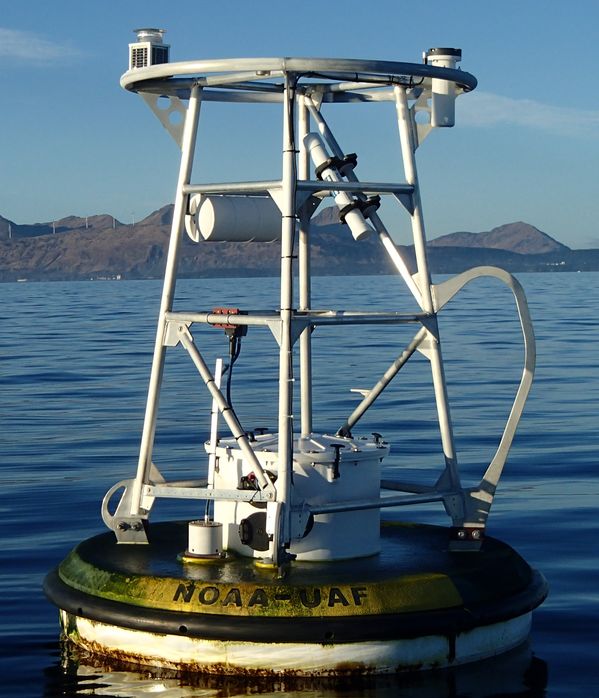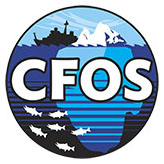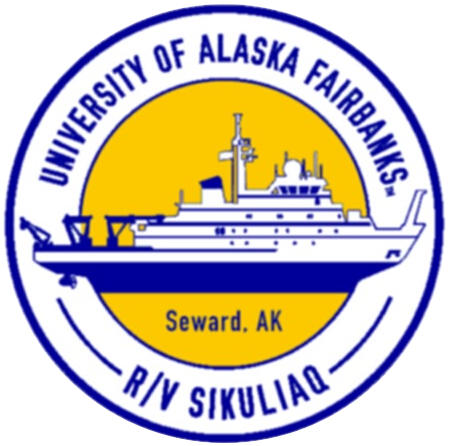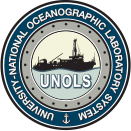USCG Rules for Buoys

Photo courtesy of Dan Naber
Oceanographic research buoys, whether installed in the harbor, bay or offshore, are considered Private Aids To Navigation (PATON) and as such are regulated by U.S. Coast Guard under Title 33 of the Code of Federal Regulations, Part 66 (33CFR66).
We recommend that applications for authorization to install research buoys or sub-surface moorings should be made at least two months prior to the start of your cruise. However, US Coast Guard instructions may change, please refer to their guidance here .
Securing proper authorization for your buoy installations protects them by getting their characteristics and positions officially published in/on:
- Local and National Notice to Mariners
- Navigation Charts
- Light Lists
When you apply be prepared to provide full details regarding characteristics of your buoy(s), position(s) and intended time on station. Characteristics include hull shape, top-side structures, color, light characteristics, identifying marks and whether or not a radar reflector is installed. In general, research buoys should conform to national and international standards for special purpose buoys, namely: yellow hull and structure and a yellow light.
Sub-surface moorings that may pose a hazard to surface navigation should be permitted as well. Bottom moorings, such as Ocean Bottom Seismometers, that do not pose a hazard to surface navigation need not be permitted. Bottom moorings that may be at risk from sub-surface operations (such as fishing/trawling operations) may be reported to the Coast Guard for publication.
Buoys that will be installed in the national waters of foreign countries will be addressed during the diplomatic clearance process.







